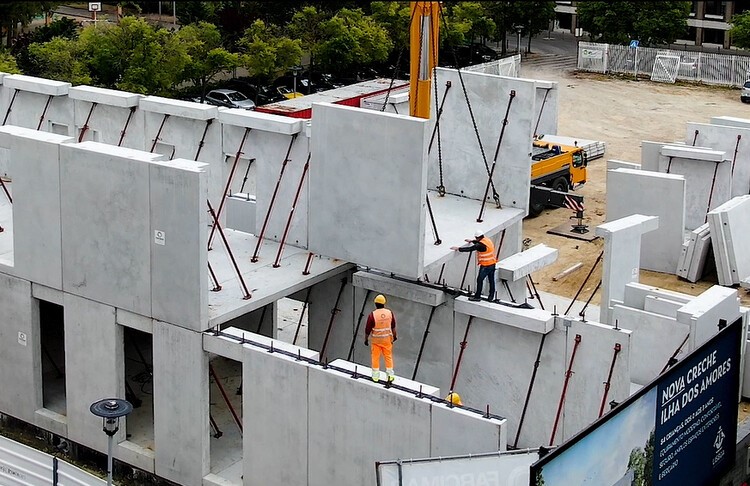Precast concrete is a widely used construction material, offering both flexibility and durability. However, its performance heavily depends on the curing process. Curing plays a critical role in ensuring that the concrete develops its desired strength, durability, and long-term performance. In this article, we explore how different curing methods influence the quality of precast concrete elements and why proper curing is essential for achieving optimal results.
How Curing Affects Precast Concrete Performance
The quality of curing can directly impact several performance aspects of precast concrete:
- Strength Development
One of the most immediate and noticeable effects of curing is the development of compressive strength. Concrete strength is a function of the chemical reactions between cement and water, which occur during hydration. Proper curing ensures that these reactions continue for an adequate amount of time, allowing the concrete to achieve its designed strength. Without proper curing, the concrete may not fully hydrate, leading to reduced strength and poor structural integrity. - Durability
The durability of precast concrete is essential for its longevity, particularly in structures exposed to harsh environmental conditions. Curing has a direct influence on how resistant concrete will be to factors like freeze-thaw cycles, chemical attacks, and abrasion. Properly cured concrete develops a denser microstructure that is more resistant to water infiltration, freeze-thaw damage, and chemical exposure. - Crack Resistance
Insufficient curing can cause the surface of the concrete to dry out too quickly, resulting in shrinkage cracks. These cracks not only compromise the structural integrity but also increase the likelihood of water infiltration and corrosion of reinforcement. By maintaining adequate moisture levels during curing, the concrete remains more flexible and resistant to cracking. - Aesthetic and Surface Quality
Aesthetics can also be impacted by the curing process. Poor curing often leads to surface defects such as discoloration, dusting, or scaling, which can affect the visual quality of precast elements, especially when they are used in high-visibility applications. Consistent moisture control during curing ensures a more uniform surface appearance and prevents these common defects.
Best Practices for Curing Precast Concrete
To maximize the performance of precast concrete, the following best practices should be followed:
- Maintain Moisture: Use water sprays, blankets, or curing compounds to ensure moisture retention, especially in high-temperature or dry environments.
- Control Temperature: In cold climates, provide heating and in hot climates, use cooling methods to control temperature fluctuations.
- Use Proper Curing Methods: Select the most suitable curing method based on the specific requirements of the precast element and the local environmental conditions.
- Extend Curing Time: Ensure the concrete is cured for at least 7 days, and for more critical applications, consider extending curing up to 28 days for enhanced durability.
Curing plays a crucial role in the overall performance of precast concrete, affecting its strength, durability, resistance to cracking, and visual quality. By understanding the factors that influence curing and implementing the best practices, manufacturers can ensure that their precast elements perform optimally and have a long service life. Whether dealing with extreme temperatures or varying humidity levels, careful attention to curing techniques is essential for producing high-quality concrete products that meet the demands of modern construction.

